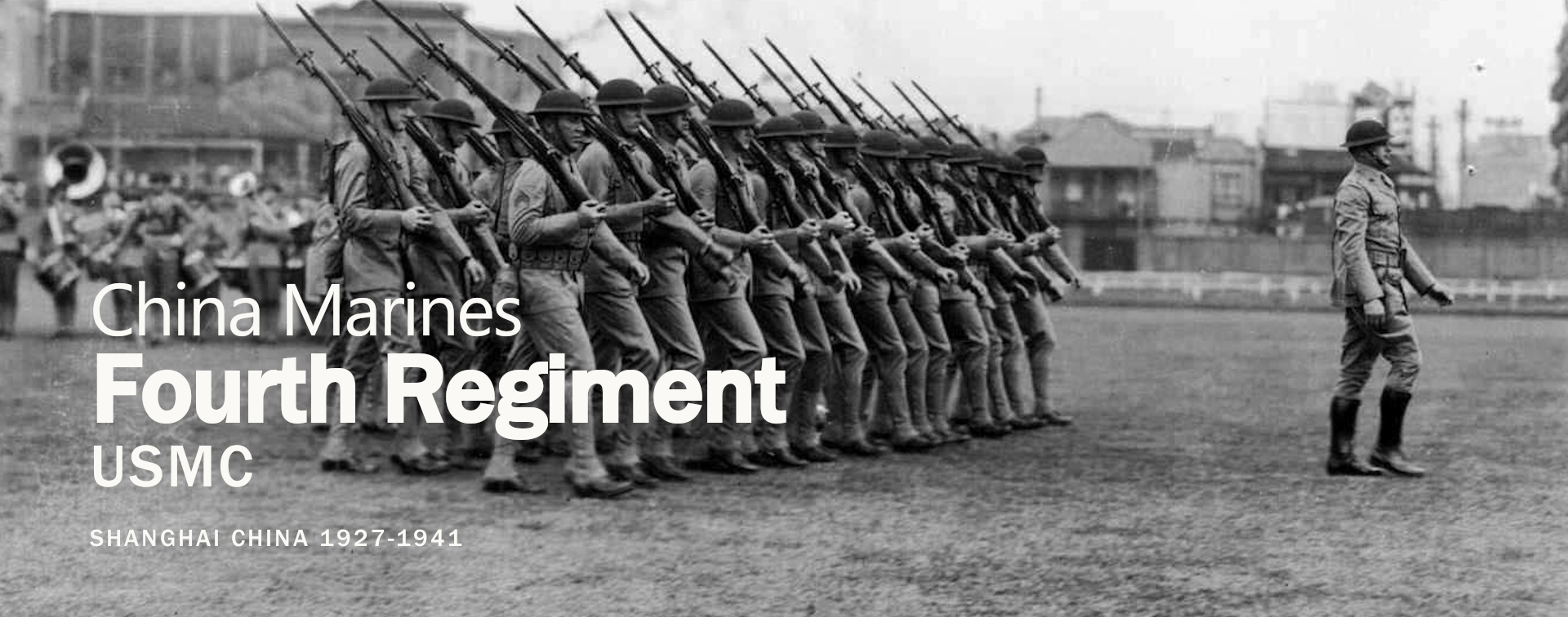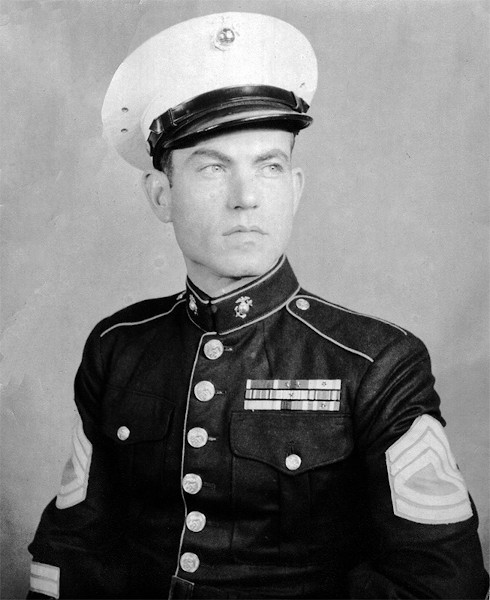

CHINA MARINE
Pete George
Pete was born in Dallas, Texas to Greek immigrants, Nick and Mary George. At age 20, Pete joined the United States Marine Corps on December 4, 1939 and began this memoir that would take him 7,353 miles from home. Five years and ten months later, Pete would finally make it back home and celebrate with family and friends.
Pete served with the 4th Marine Regiment at the International Settlement in Shanghai, China from July 1940 until November 1941, then arriving in the Philippines for the start of World War II. Over the next 4 years, Pete survived a massive aerial and artillery bombardment on the island of Corregidor . . escaped an unexploded 1,000 lb bomb landing into his barracks . . survived an artillery shrapnel wound in his leg the night before surrender . . survived being stranded on a medical stretcher in the middle of the road as a Japanese airplane made two passes strafing the road below . . survived a no anesthetic surgical removal of the shrapnel . . survived a starvation diet . . survived with zero medical supplies . . survived being surrounded by torture and executions . . survived a sea voyage thru Allied submarines to POW camps located inside Japan . . and then survived the cave ins of the Hitachi Copper Mines.
Shanghai Origins
28 January 1927
All quotes attributed to Hold High the Torch: A History of the 4th Marines by Kenneth W. Condit and Edwin T. Turnbladh
"On 28 January 1927, the 4th Regiment received orders to embark for expeditionary duty in the Far East. Thus began a 15-year tour in China, protecting the lives and property of American citizens in the International Settlement of Shanghai. The Marines never engaged in combat during all those years, yet they successfully carried out their mission, though next door to the Chinese revolution and the pitched battles of the Sino-Japanese war."
"The International Settlement was a Western enclave in a hostile city of three million inhabitants. About half of its boundary rested on natural barriers — Soochow Creek on the northwest, and the Whangpoo River on the southeast. Great Britain, with the most at stake, contributed the largest contingent — a division of about 13,500. 19 Other elements included 3,000 Japanese, 1,505 Americans, 230 Italians, 160 Spanish, 130 Portuguese, and 120 Dutch. In addition, there was the Shanghai Volunteer Corps, a local militia of 1,426, equipped by Great Britain and trained and commanded by regular British army officers."
Read Hold High the Torch